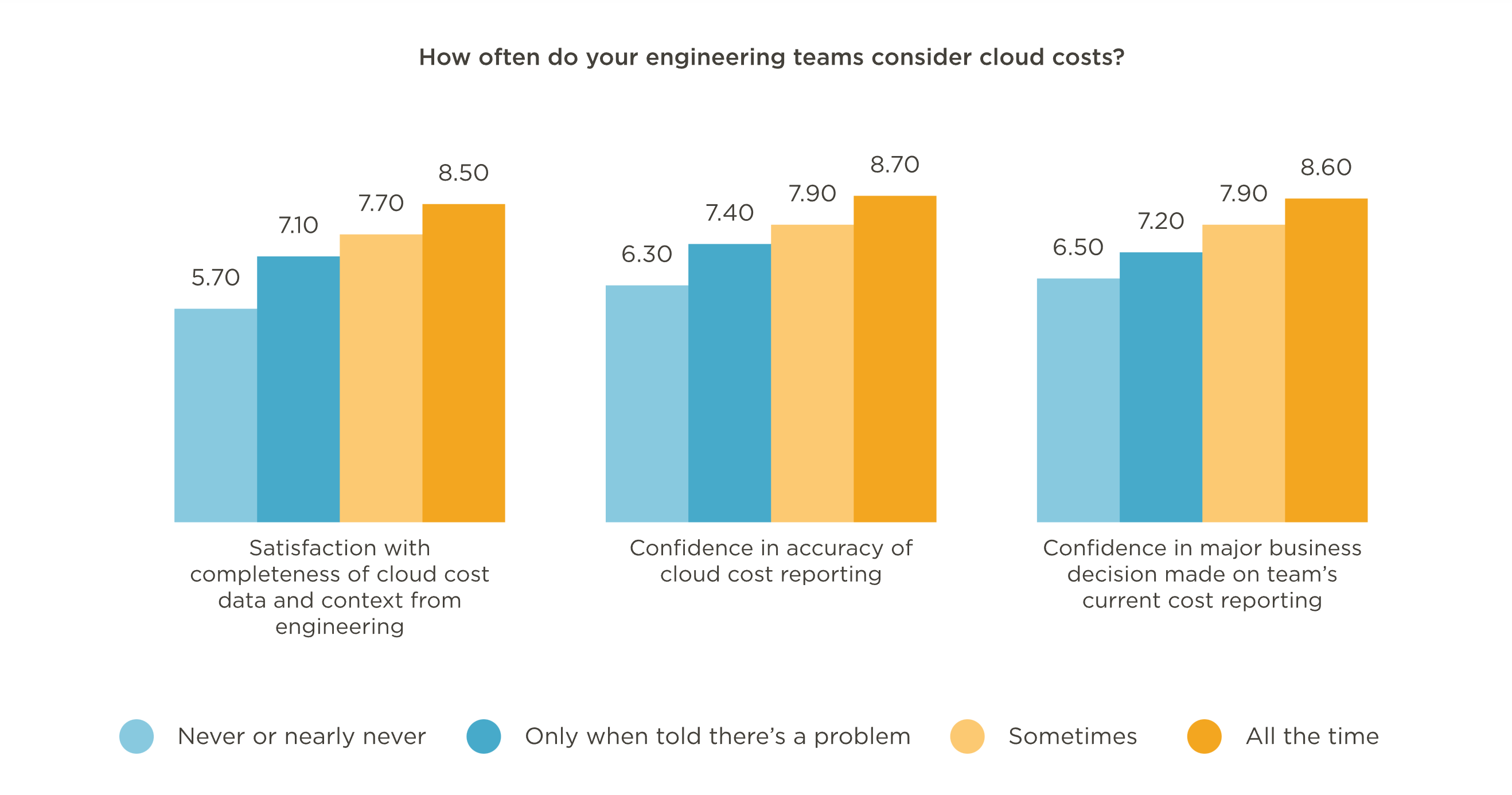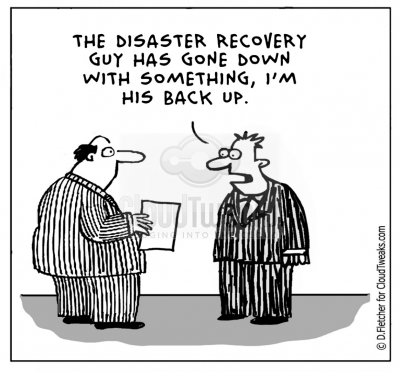
Organizations of all sizes are currently navigating their plans to avoid the recent surge in cyber-attacks and data breaches and preparing for unforeseen setbacks. Building a sensible backup and recovery strategy needs to be a top priority in the current landscape. At the same time, businesses now find themselves facing significantly higher data storage costs—and even costly overage fees. With only three out of 10 organizations knowing exactly where their cloud costs are going, it’s critical for organizations to keep a closer eye on their data environments to avoid sprawl and risk of breach. With this, I’ve outlined how your organization can mitigate data volume and costs by proactively applying more robust data governance and information lifecycle principles.

Declutter your Data Environment
The cost of storing cloud data continues to skyrocket – with 94% of IT leaders reporting that their cloud storage costs are rising, and 54% confirming that storage spending is growing faster compared to overall cloud costs. Therefore, it’s crucial to take concrete steps towards shrinking your organization’s data footprint and remove idle data that could be incurring unnecessary costs. For example, collaboration workspaces associated with short-term projects and initiatives–and the content contained within–may remain in your organization’s cloud environment long after these projects have wrapped. Regularly decluttering your data environment, and routinely removing any redundant, obsolete, and trivial information is best practice.
Fortify Lifecycle Management Practices
As collaboration tools like Microsoft Teams continue to increase in adoption, IT teams must ensure that these workspaces have proper security and governance in place. Without these policies, workspaces can multiply, leading to data sprawl and increased storage costs. Excess workspaces can create clutter and confusion, making it difficult for users to navigate your cloud environment and locate the information they need.
To ensure the integrity of your collaboration workspaces, consider only giving authorized users the ability to create workspaces to avoid redundancy. With collaboration tools like Teams, take a measured approach to the native self-service capabilities for creating new collaboration spaces. It is imperative that users can get what they need to be productive without delay, but “managed” self-service processes with guidance and appropriate controls can both improve the employee experience and avoid clogging up your network with unessential data. Additionally, policies that prompt data owners to routinely assess the relevance—and even archive workspace data when appropriate—helps safeguard sensitive information and keep it well-organized and secured.
Consider Cloud Backup Tools

Retaining data from inactive or expired employee accounts can take up a surprising amount of cloud storage. When an employee leaves your organization, it’s essential to properly back up all their emails, files and recordings to not only streamline data management, but reduce the risk of breach down the line. IT needs to put the right tools in place to backup and store this data – giving administrators the ability to easily locate this information, restore it, and send it directly to a current employee when needed. Employing cloud backup tools can not only help streamline how this data is archived and managed but help to avoid the cost of one-time retrieval fees or having to pay a ransom in the case of a data breach.
In the midst of growing storage costs and evolving cyber threat, organizations must maintain a vigilant approach to managing data environments. To avoid snowballing cloud costs and protect sensitive data, adopting stricter governance and lifecycle management practices will be key in 2023 and beyond.
By John Peluso, Chief Product Officer, AvePoint



![Read more about the article Is Crypto Anonymous 2023 [Is Bitcoin More Traceable Than Cash]](https://fast4net.com/wp-content/uploads/2023/01/is-crypto-anonymous-2023-is-bitcoin-more-traceable-than-cash-300x180.png)